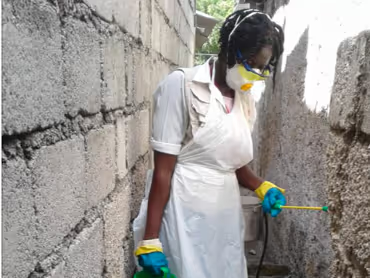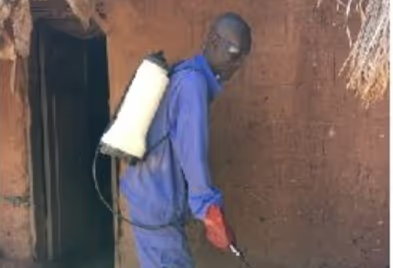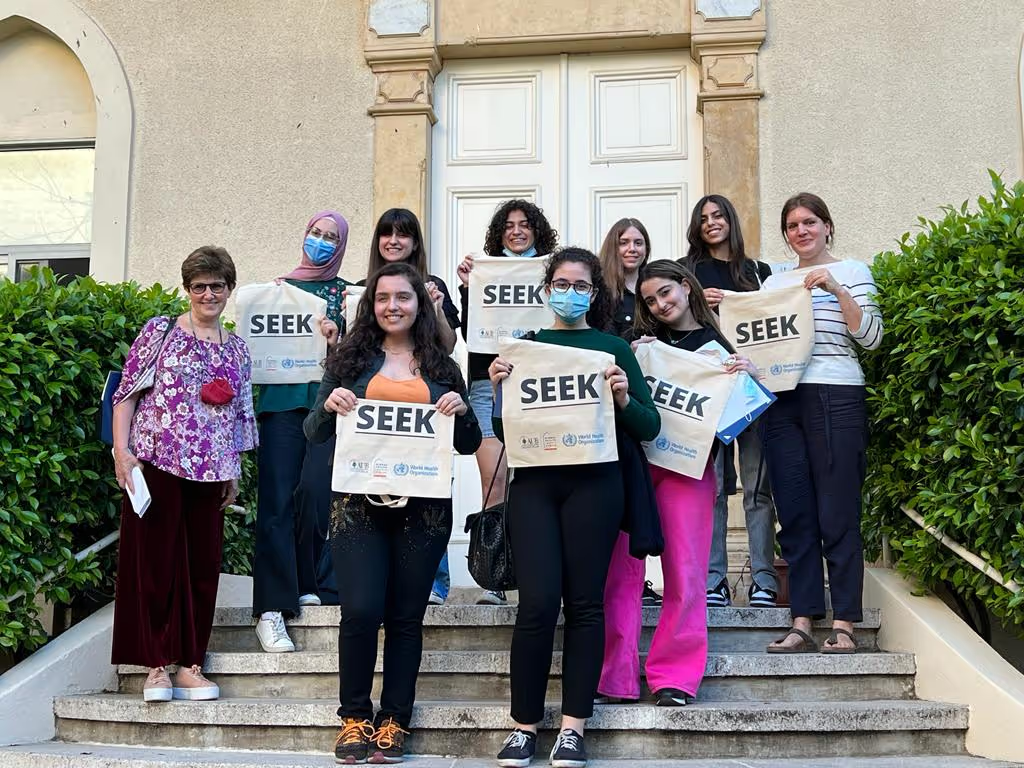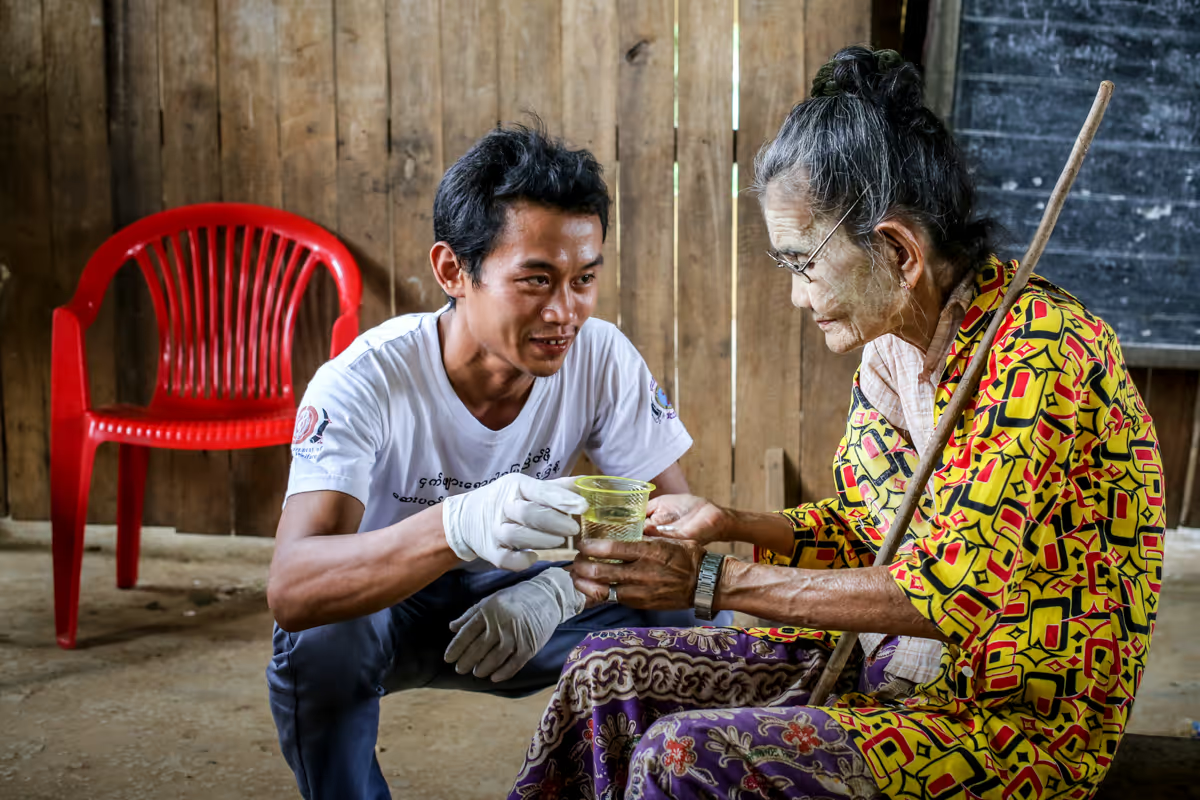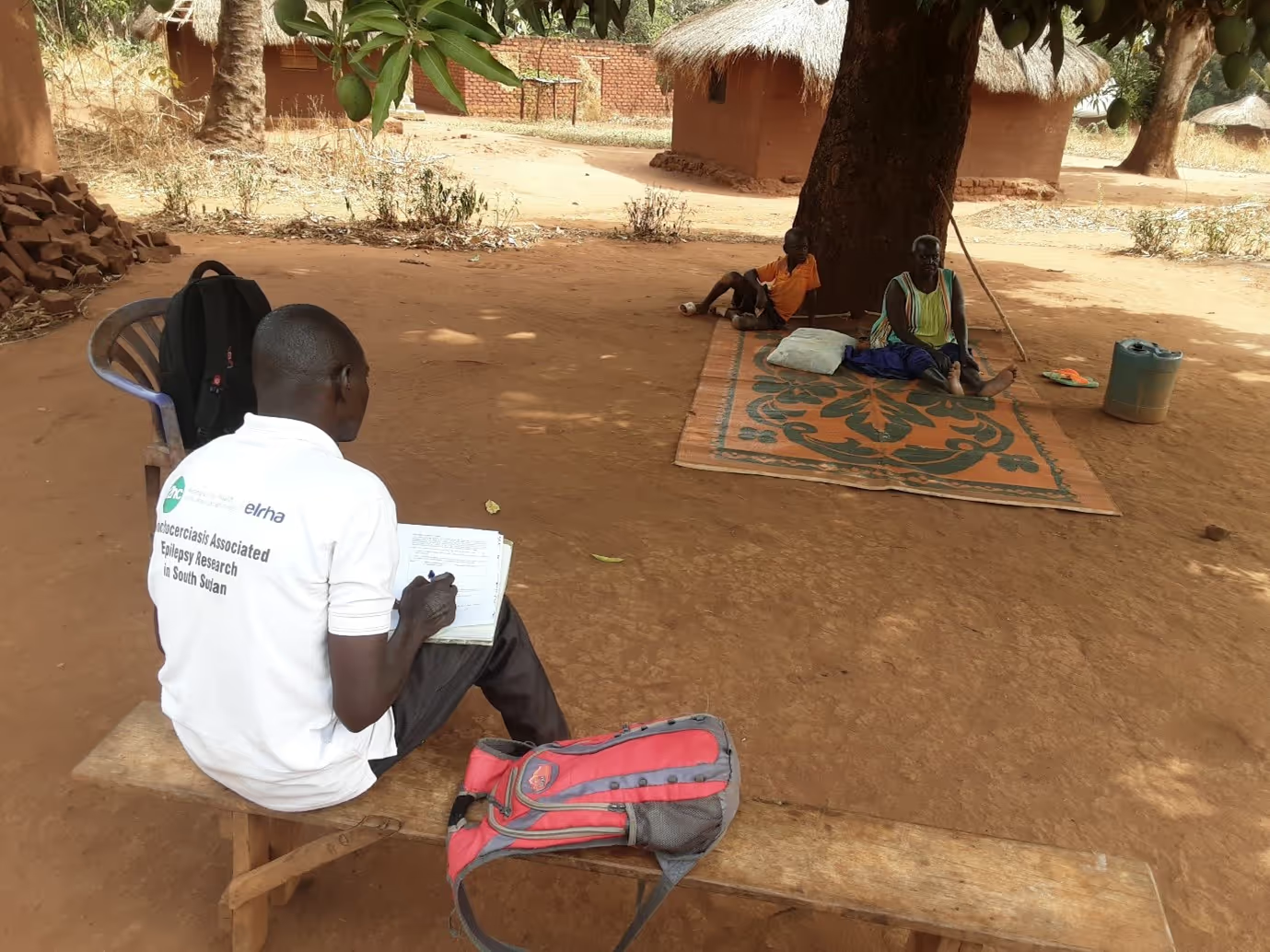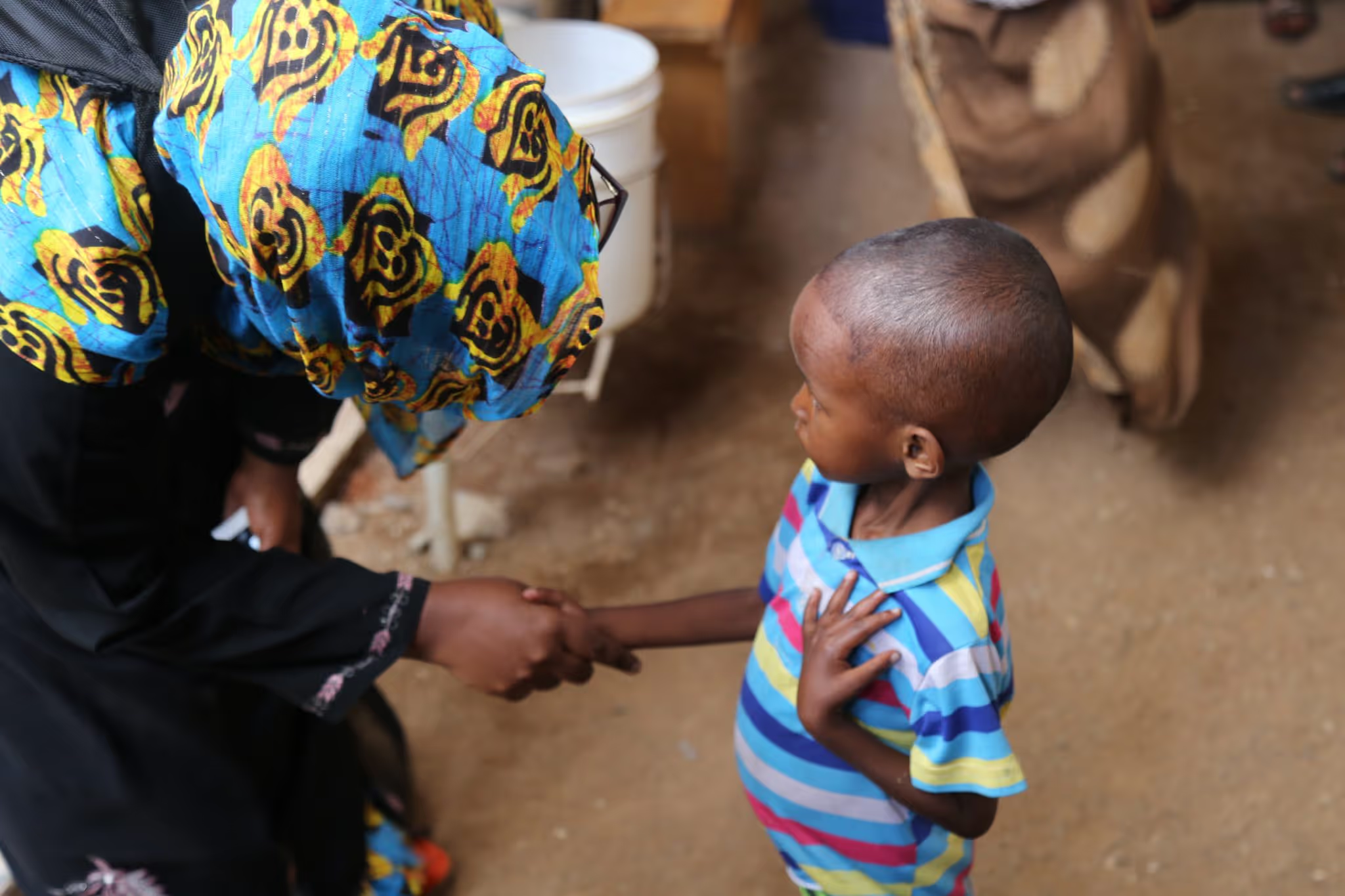Establishing evidence for common-but-underresearched WASH cholera interventions
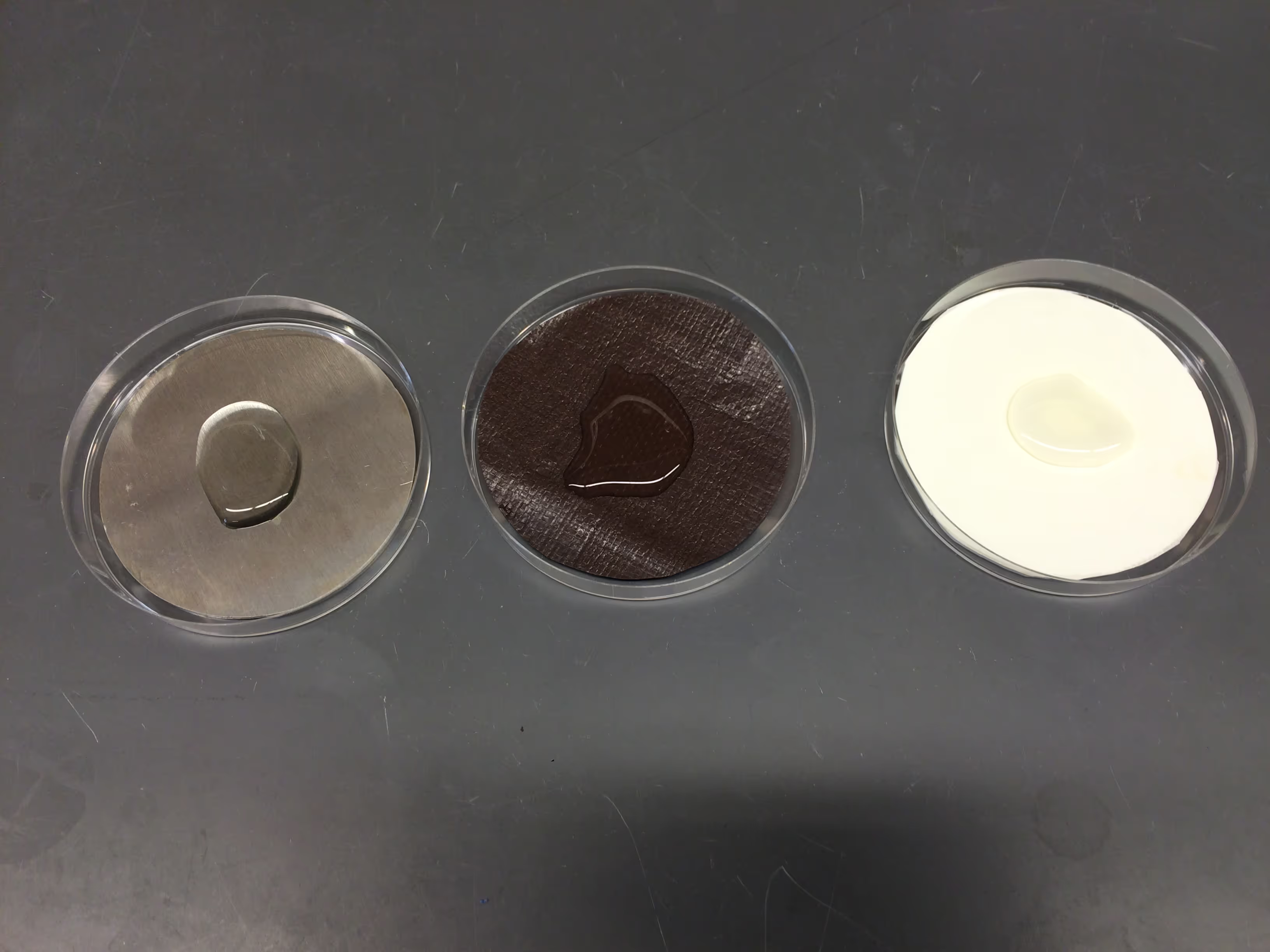
Project overview
This study conducted lab-testing and field-evaluations of some commonly used interventions for reducing cholera’s spread in humanitarian settings to produce recommendations for WASH practitioners and policymakers.
Countries
Bangladesh
Democratic Republic of Congo
Haiti
Organisations
Tufts University
Partners
IFRC, MSF, Solidarites and AIDES
Area of funding
Humanitarian Research
Grant amount
£228,000
Start date
01
September
2017
End date
01
March
2020
Project length (in months)
30
Project solution
This project offers [specific solution or intervention] to tackle [challenge]. By implementing [strategies, tools, or innovations], the project aims to achieve [desired outcomes]. The approach is designed to [specific actions or methods] to bring about meaningful change in [community, region, or issue area].
Expected outcomes
This project aims to achieve [specific outcomes], such as [measurable results, improvements, or changes]. The expected impact includes [benefits to the target community, advancements in research or innovation, or long-term effects]. By the end of the project, we anticipate [specific changes or milestones] that will contribute to [broader goals or objectives].
No items found.
Principal Investigator: Daniele Lantagne, Tufts University
Research snapshot: Reducing the spread of Cholera
Preventing transmission of cholera remains an important priority in many countries and humanitarian settings. This study conducted lab-testing and field-evaluations of some commonly used interventions for reducing cholera's spread to produce recommendations for WASH practitioners and policymakers.
[.cta_link]View snapshot[.cta_link]
WHAT DID THIS STUDY SET OUT TO ACHIEVE?
The purpose of this research was to establish the laboratory efficacy and field effectiveness of under-researched, on-going public health interventions commonly implemented to prevent cholera transmission in humanitarian crises, including:
- household spraying
- distribution of household disinfection kits
- bucket chlorination.
These interventions are widely implemented in cholera response activities but lack both the fundamental laboratory data on efficacy (e.g. when you spray chlorine on a surface with Vibrio cholerae on it, is the bacteria inactivated?) and field effectiveness (e.g. how effective are programs as implemented in emergency response). This research aimed to fill these evidence gaps using laboratory research methods and mixed-methods field research, including household surveys, key informant interviews, focus group discussions, water quality testing, and household surface testing.
WHAT WERE THE KEY FINDINGS?
- Lab research showed that household spraying is most efficacious using 0.2% chlorine sprayed on all surfaces, or wiped on most non-heavily soiled surfaces, and 2.0% concentration on contaminated porous surfaces. Surfaces must be visibly wetted to achieve disinfection.
- Bucket chlorination can be efficacious at inactivating V. cholerae bacteria and providing residual chlorine when dosage is determined by a jar test using all three commonly used chlorine types (HTH, NaDCC, NaOCI).
- However, effectiveness for both interventions varied in the field, depending on how they were implemented in each context.
- Responders in the field were not familiar with household disinfection kits, preferring household spraying. Therefore, a field evaluation of kits was not conducted.
WHAT DOES THIS MEAN FOR POLICYMAKERS AND PRACTITIONERS?
- To ensure bucket chlorination effectiveness matches efficacy, it is recommended to conduct more frequent dosing (jar) tests, regularly monitor chlorine residual at the household level, and safely store chlorine solutions away from heat and sun.
- It is recommended to conduct regular monitoring in bucket chlorination programmes, including:
- Assurance testing of chlorine solution concentration
- Chlorine residual at the household level.
- To make household spraying most effective, spraying agents should: disinfect surfaces systematically until wet using 0.2/2.0% chlorine solution, including kitchen spaces, patients' beds, and latrines; arrive at households quickly; and concurrently deploy hygiene promotion activities.
- The fact no hygiene distribution kit intervention could be found for evaluation emphasises the gap between the current international-level policy and the realities of cholera response programmes.
- There is a need for greater attention to the dissemination of new evidence and training of responders and affected populations regarding methods to prevent cholera transmission.
No items found.
Project delivery & updates
Stay up to date with the latest developments from this project. Here, you will find details on what has been delivered, resources created, and regular updates as the project progresses. Access key documents, reports, and other materials to see how the project is making an impact.
No resources/updates have been published yet for this project. Sign up for our newsletter to stay informed about upcoming publications and updates!
Join our Newsletter
Resources
No items found.
Latest updates
No items found.
